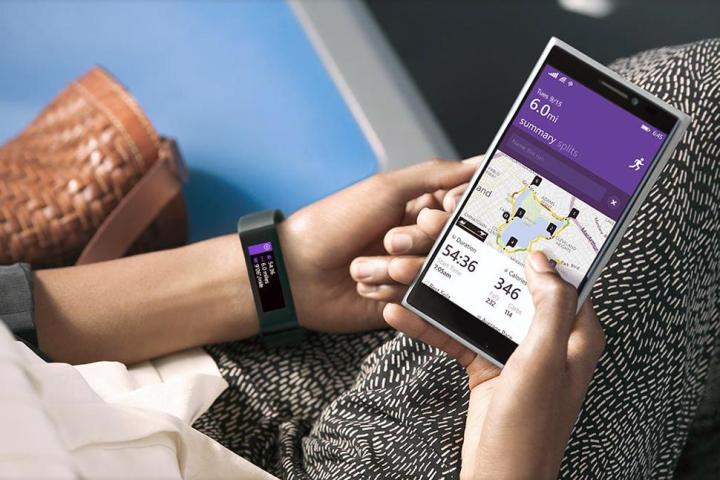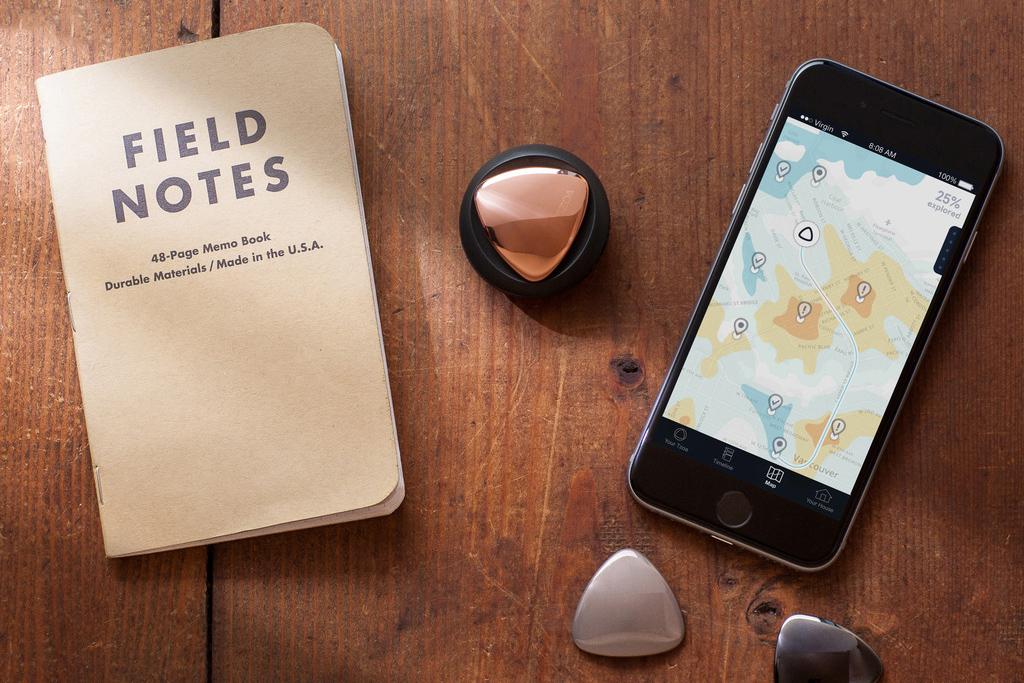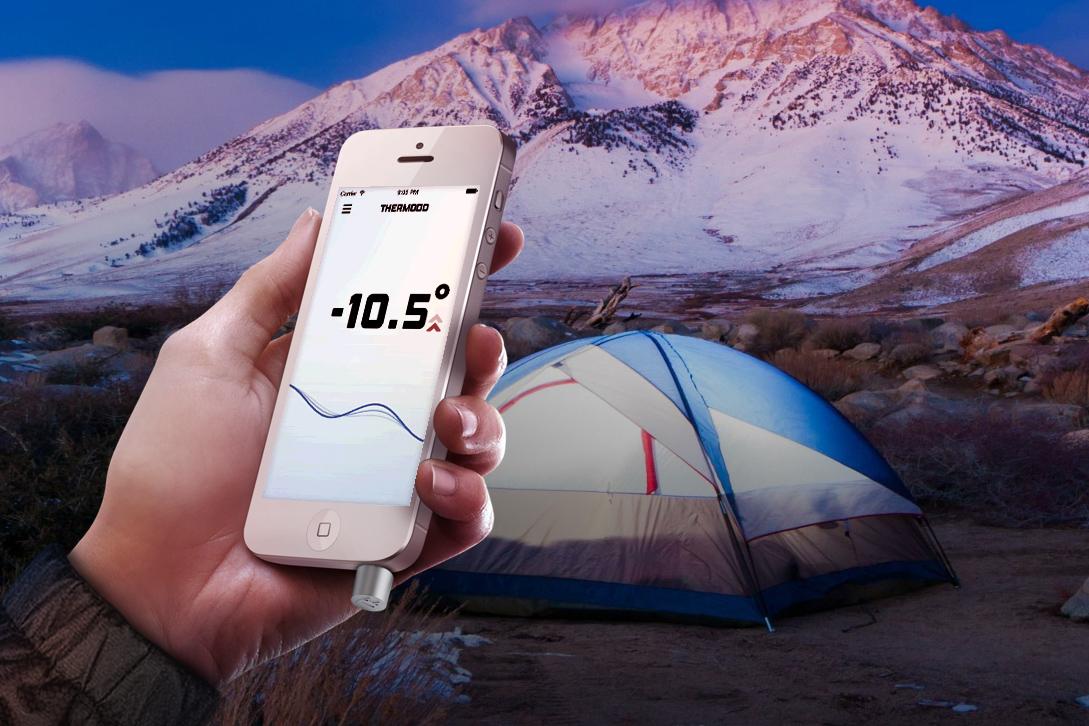
The first trackers knew only one important metric – step counts — which offered a simple solution to the biggest health concern most of us face: We’re simply not moving enough. More recently, advanced trackers went directly to the heart of the matter, quite literally, by offering insight into factors like heart rate and perspiration.
But what about factors outside your body? From pollution to the weather around us, the environment you live in can affect your health every bit as much as your own habits. But at the moment, there aren’t many gadgets to monitor those conditions. That seems a bit odd, given the possibilities they could unlock.
From pollution to the weather around us, the environment you live in can affect your health every bit as much as your own habits.
We’re seeing bits and pieces pop up here and there. A prime example comes in the form of the Microsoft Band — not surprising, really, given the “everything but the kitchen sink” approach the company took toward creating the device. (Why should actual wearability get in the way of producing the Inspector Gadget of fitness bands?) Amongst its laundry list of features, the Band includes a UV tile.
The ultraviolet light detector is a strong candidate for the wearable’s most compelling feature. If you’re fair skinned or just particularly concerned about skin cancer, the watch will alert you whenever you’re basking in a bit too much sun for your own good, so you can either get out of it or apply sunscreen accordingly. A standalone UV tracker might not make sense, but as one of a multitude of tools built into one watch like the Microsoft Band, it’s a handy feature.
Here’s another pretty compelling one: the TZOA Enviro-Tracker. The device, which will just about be wrapping up its Kickstarter push by the time this publishes (as of this writing it’s sadly only halfway there) also monitors UV exposure, but even more compellingly, it can monitor air quality. It also crowdsources all of the data it collects, building a map so users will theoretically know where to avoid.
- 1. TZOA
- 2. Thermodo
The product has roughly the circumference of a golfball, and is designed to be clipped onto a backpack, shirt or other garment. Like the standalone UV detector before it, the appeal of such a standalone device is likely limited. Those who live in locations like Beijing or New Delhi, where simple existing outdoors has roughly the same effect on your lungs as smoking a pack of cigarettes a day, could certainly see the appeal in such a product.
For most of us, thankfully, the concern is less pressing. But who would say “no” to adding that sort of monitoring into an existing device? Perhaps we should begin paying attention to the air we breathe in the same manner we do for the food we eat. Maybe we can’t change it as easily as getting outside and going for a walk, but any data that gets us thinking about mankind’s effects on the natural world can’t be a bad thing.
Any data that gets us thinking about mankind’s effects on the natural world can’t be a bad thing.
Speaking of air quality, why are we so reliant on data from weather stations across town to let us know what the temperature is? It’s a bit like relying on cell tower triangulation rather than GPS to pinpoint your location — the accuracy just isn’t there. And in this case, it would actually be handy to know exactly how cold it is my apartment as I write this — my guess is around 200 degrees below zero. Why not apply the same basic principle as the Thermodo smartphone plug-in to a wearable? Surely you’ll get even better readings on a device that’s not designed to be stashed in your pocket. Better yet, why not toss in metrics like air pressure and humidity?
As with everything in the wearable space, we’re only scratching the surface here. The laundry list of safety concerns is a long one. If we’re talking air quality, why not water quality? Have you ever traveled to a new city and wondered what was going on with the tap water? What about alarms for too much carbon monoxide, asbestos or radon? Again, none of these concerns are likely strong enough to warrant their own wearables for most of us, but what if your next smart watch could monitor for all of them? Suddenly, it might have advice more insightful than “get up and walk around some more.”
It’s easy to see how the external world may well become the next major frontier of the wearable. Hopefully when that day comes, it’ll still be safe to go outside.




